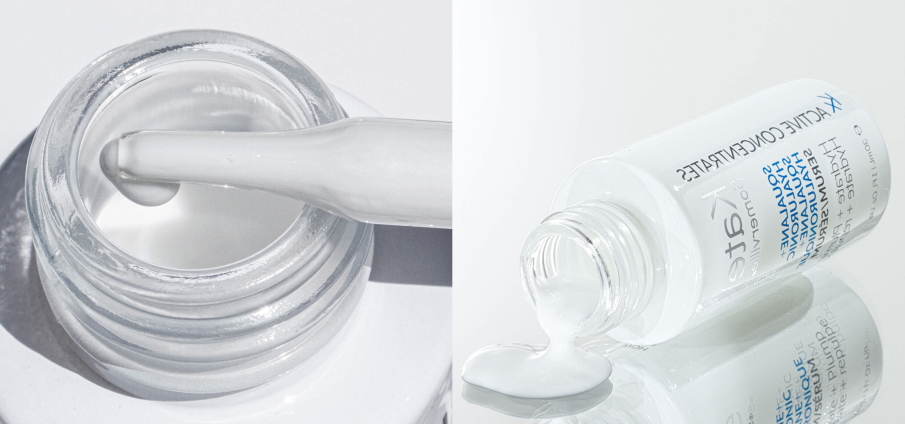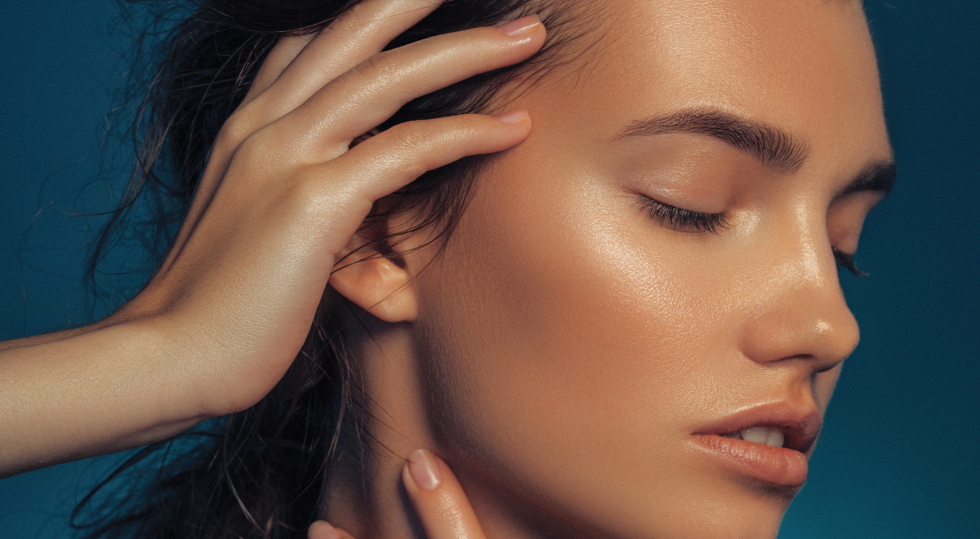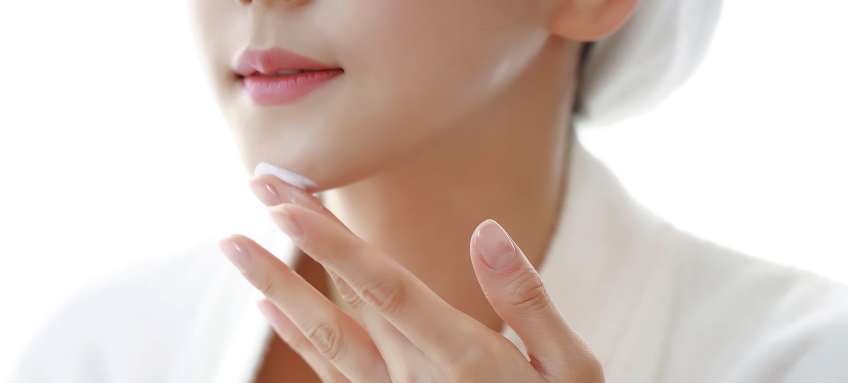Niacinamide, a form of vitamin B3, is one of the most popular ingredients in skincare products. It has been proven to help reduce redness and inflammation on the skin while decreasing wrinkles and fine lines.
The importance of Niacinamide in a skincare routine is often overlooked. Unfortunately, this can lead to delayed healing, redness, and sensitivity.
While there are many different types of Vitamin B3, Niacinamide has been shown to have the most benefits for the skin. It works by restoring healthy balance and improving moisture levels while also reducing inflammation and decreasing acne breakouts. So next time you’re looking for a new product or ingredient to add to your skincare routine, make sure it includes one with Niacinamide.
We all know that healthy skin is not achieved with one product but rather a combination of products to target different skin concerns. With so many products on the market today, it can be difficult to determine which ones are best for your specific needs. So let’s take a look at what Niacinamide has to offer you! If you’re unfamiliar with this ingredient, here’s why it might interest you: Niacinamide offers several benefits for both oily and dry skin types, including treating acne breakouts, evening out the complexion, and reducing redness caused by rosacea or sensitive-skin conditions like eczema or psoriasis.

The benefits and risks of Niacinamide
Niacinamide is an antioxidant that helps to prevent sun damage and inflammation. However, it can also cause uncomfortable side effects such as redness or itching. Therefore, women need to be aware of the risks before using this product. In addition, women should consult their dermatologists before deciding whether Niacinamide is right for them.
Niacinamide is a water-soluble, over-the-counter B vitamin that has various benefits, such as improving skin elasticity and reducing acne. Studies show it can also help with rosacea and other inflammatory skin conditions. But there are some risks, too – for example, Niacinamide can lower blood sugar levels in people who have diabetes or prediabetes, so if you already have a condition like this, it’s important to disclose your status before taking niacinamide supplements. If you don’t have any preexisting medical conditions, then research suggests that Niacinamide is safe for most adults when taken at appropriate doses of 1500mg daily. However, it’s always best to consult with your doctor before starting taking.

How to apply Niacinamide?
Niacinamide is a vitamin that has been shown to have many benefits for your skin. It can be applied topically by mixing the niacinamide powder with water, moisturizer, or other topical products.
Niacinamide is a water-soluble vitamin that can help to improve the appearance of your skin. The application process is simple and easy, but it’s important not to skip any steps to see the effects.
You’ll need: Niacinamide .5%, Serum or moisturizer with SPF, Foundation/concealer (optional)
Apply a layer of Serum or moisturizer with SPF over your face and neck before applying Niacinamide .5%. You must use one that has an SPF level of 15 or higher.
However, you apply it, using this ingredient is worth it. And in case you’re wondering if there’s any difference between applying it and not applying it at all, there isn’t. So don’t let yourself get tricked into thinking that somehow skipping out on applying this product will help your skin more than when you apply it.

